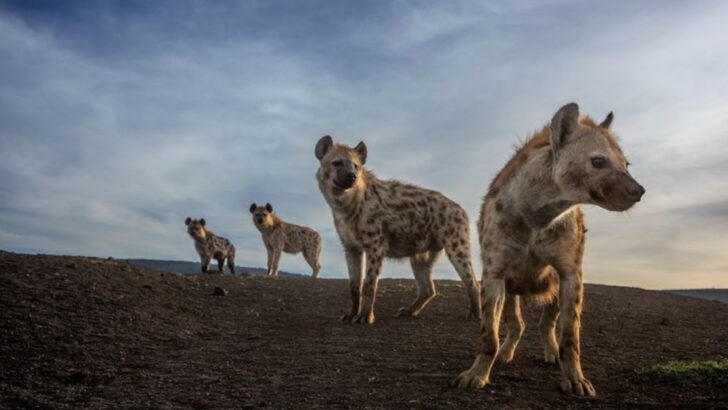Predators don’t just survive—they dominate.
With razor-sharp teeth, lightning speed, and senses that make ours look laughable, carnivores rule the wild with zero apologies. They aren’t here to make friends. They’re here to eat.
From silent big cats stalking through tall grass to sharks slicing through ocean depths like torpedoes, every move is built for the hunt. These animals are raw power in motion—beautiful, terrifying, and absolutely fascinating.
We’re diving into the fiercest of them all. The ones that leave a trail of awe (and maybe a few bones) behind them. If you’ve ever wondered what it really means to be at the top of the food chain, these 16 creatures are your answer.
Get ready. Things are about to get primal.
African Lion
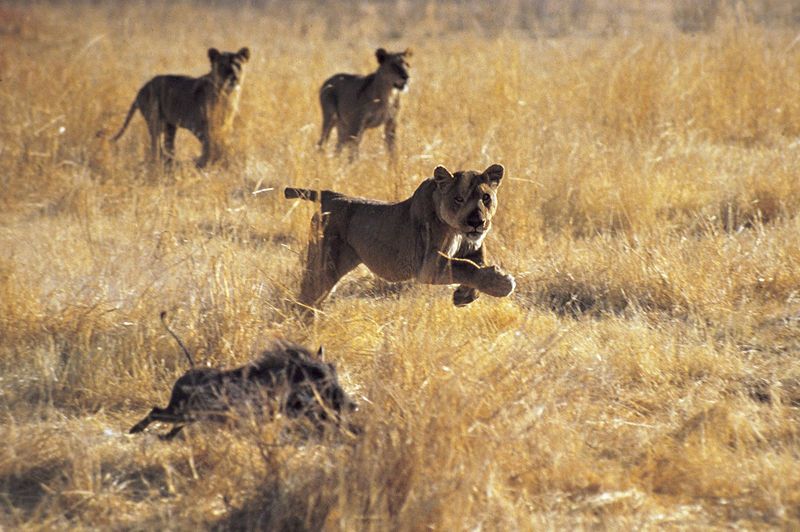
With a mane as majestic as the African plains themselves, the lion reigns supreme. Known as the king of the jungle, these powerful hunters can weigh up to 420 pounds. Their social structure is unique among big cats, with prides consisting of related females and their offspring.
Male lions defend the territory, while females do the hunting. A roaring lion can be heard up to five miles away, a chilling reminder of their dominance. These apex predators play a vital role in their environment, controlling prey populations and maintaining ecological balance.
Great White Shark

In the depths of the ocean, the great white shark is a marvel of evolutionary perfection. Known for its incredible speed and strength, it can detect a drop of blood from miles away. These solitary hunters use stealth and surprise, often breaching the water when attacking prey.
Despite their reputation, great whites are crucial for marine ecosystems, helping control seal populations. Their presence is a testament to the ocean’s wild beauty and unyielding power. As apex predators, they balance marine life, showcasing nature’s raw, untamed side.
Bald Eagle
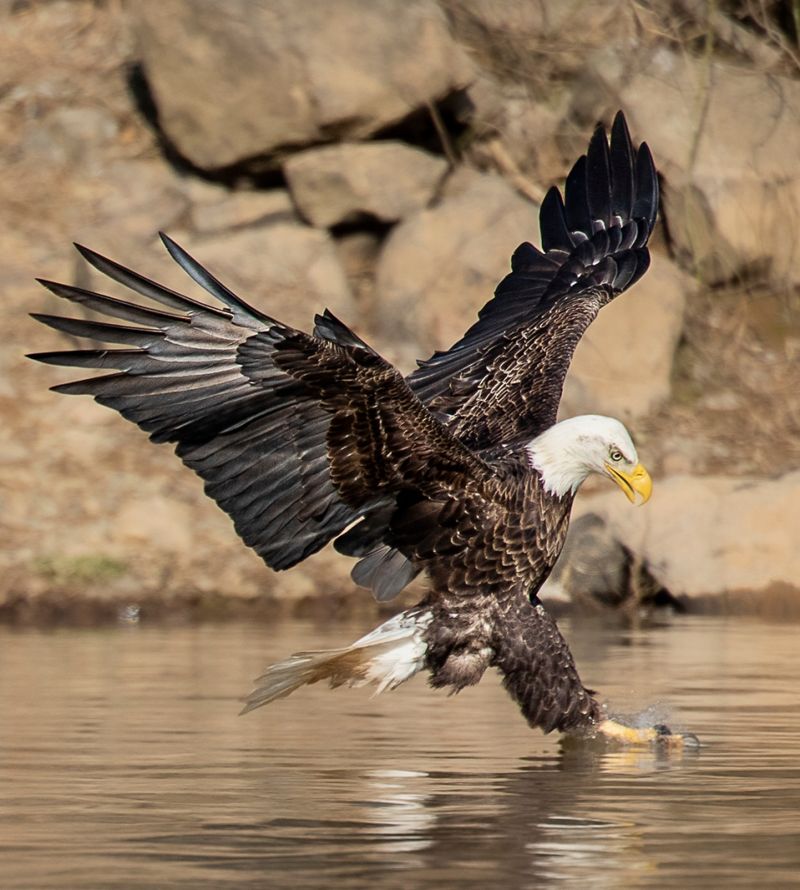
With its piercing gaze and noble flight, the bald eagle embodies freedom and strength. Soaring high above the forest canopy, it spots its prey with astounding precision. Its diet consists mainly of fish, which it snatches from the water with powerful talons.
The bald eagle’s comeback from the brink of extinction is a success story of conservation. This national symbol of the United States serves as a reminder of nature’s resilience. Its impressive hunting skills and striking appearance make it a true icon of the wild.
Bengal Tiger
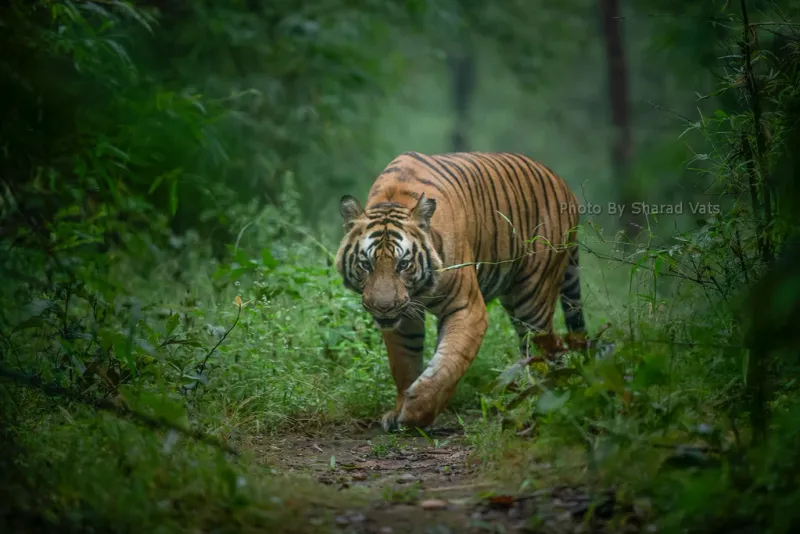
In the heart of the jungle, the Bengal tiger moves with silent grace. Known for its stunning coat of stripes, this solitary hunter is a master of camouflage. Each tiger’s stripes are unique, akin to human fingerprints, aiding them in stalking prey.
Powerful and stealthy, the tiger’s leap can cover up to 10 meters. This apex predator plays a critical role in maintaining the health of its ecosystem. The presence of tigers indicates a rich, balanced habitat, underlying their importance in the wild.
Polar Bear
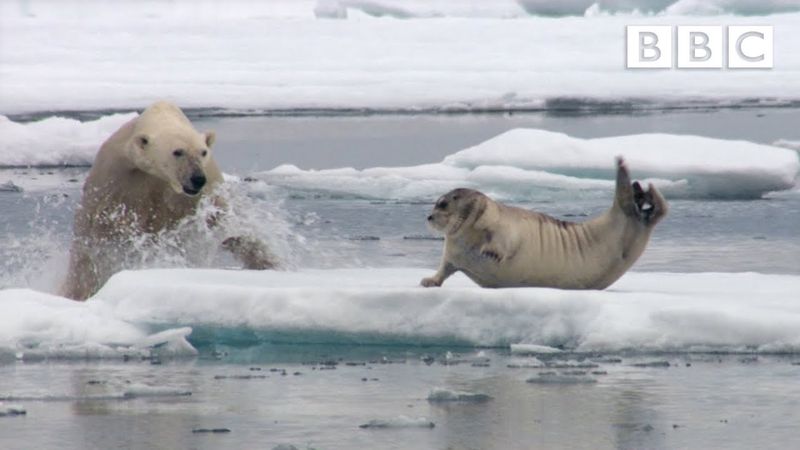
Amidst the icy wilderness, the polar bear stands as a symbol of the Arctic’s harsh beauty. These magnificent creatures are the largest land carnivores, uniquely adapted to life on ice. Their diet primarily consists of seals, which they hunt from the sea ice.
Polar bears have extraordinary swimming abilities, often traveling miles to find food. As climate change threatens their habitat, they become icons of the environmental movement. Their existence showcases the delicate balance of Arctic ecosystems and the urgent need for conservation.
Komodo Dragon
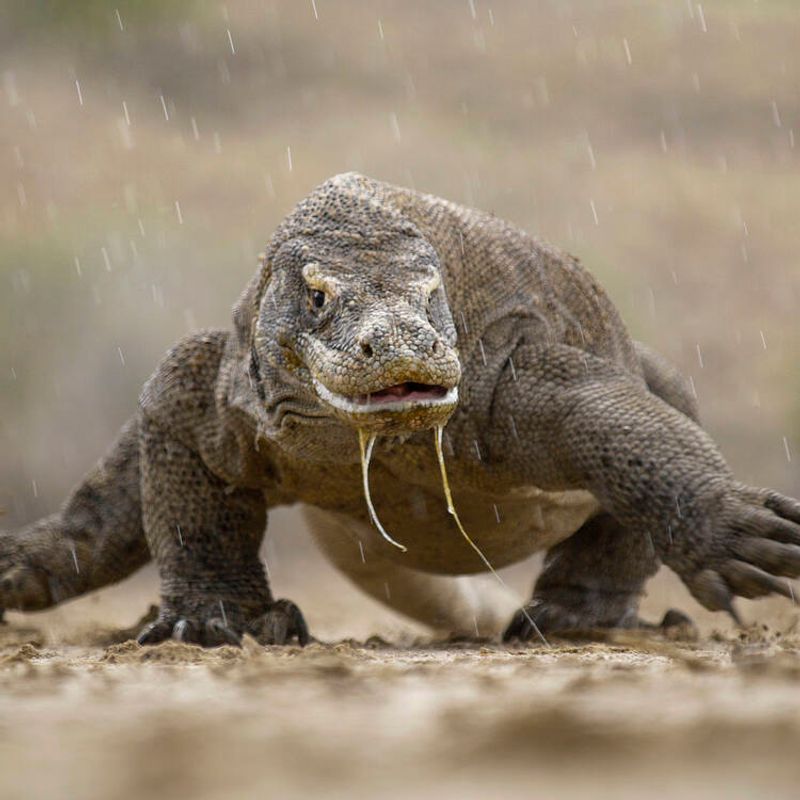
In the Indonesian archipelago, the Komodo dragon wields an ancient power. As the largest living lizard, it commands respect and awe. With a venomous bite and a keen sense of smell, it can track prey from miles away.
These formidable predators are known for their patient hunting tactics. Their presence is vital for controlling local animal populations. The Komodo dragon’s dominance in its habitat highlights nature’s diversity and adaptability, symbolizing the wild’s raw primal force.
Peregrine Falcon
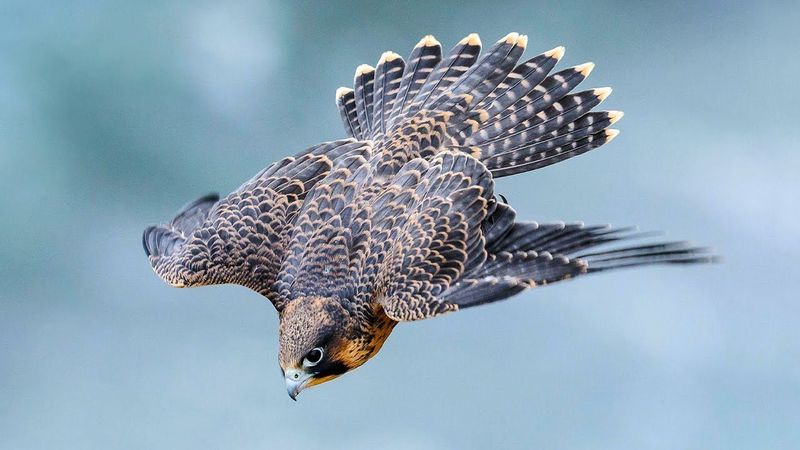
The peregrine falcon is the epitome of speed, reaching over 240 mph in its signature hunting dive. Its adaptability allows it to thrive in diverse environments, from natural cliffs to urban skyscrapers.
Renowned for its precision hunting, it preys primarily on birds, striking with unmatched ferocity. The peregrine’s recovery from near extinction due to pesticide poisoning is a triumph of conservation efforts. This avian predator exemplifies adaptability and resilience, soaring as a testament to nature’s ingenuity.
Snow Leopard
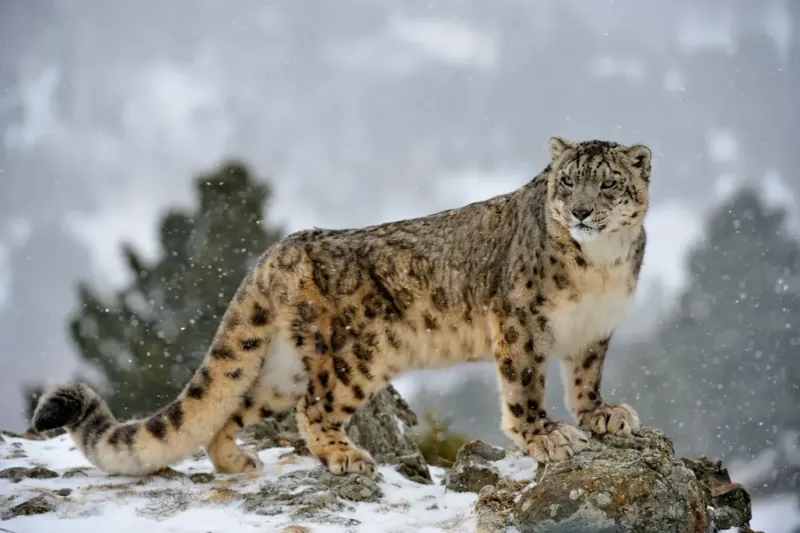
High in the rugged mountains, the elusive snow leopard embodies mystery and beauty. Its thick, spotted coat provides camouflage against the rocky terrain, and its powerful legs navigate steep slopes with ease.
These solitary cats are masterful hunters, often preying on mountain sheep and goats. The snow leopard’s presence is a marker of a healthy ecosystem, and their conservation is crucial. These enigmatic creatures captivate the imagination, symbolizing the wild and untamed spirit of the mountains.
Orca
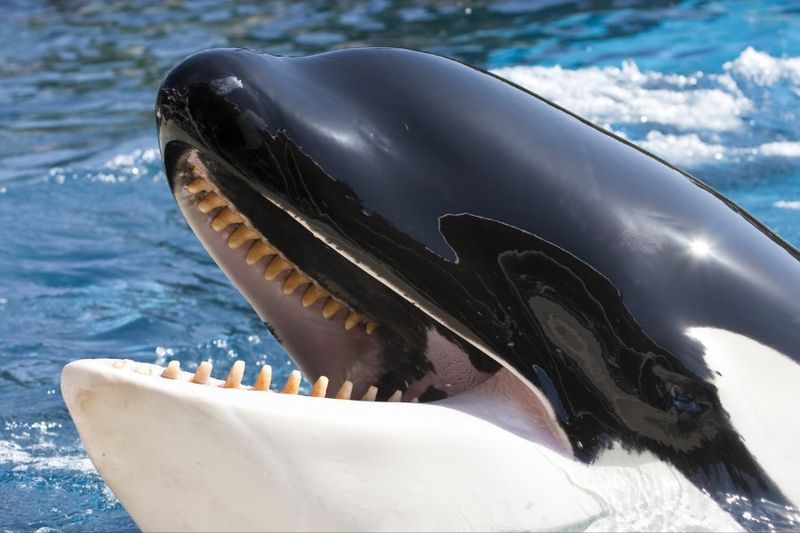
Orcas, or killer whales, are the oceans’ top predators. Known for their intelligence and complex social structures, they hunt in coordinated pods. Their diet is varied, including fish, seals, and even whales.
Orcas communicate with unique vocalizations, enhancing their hunting efficiency. They are found in oceans worldwide, adaptable to many marine environments. These magnificent creatures are a testament to the ocean’s dynamic life, showcasing the intricate web of marine ecosystems.
Wolverine
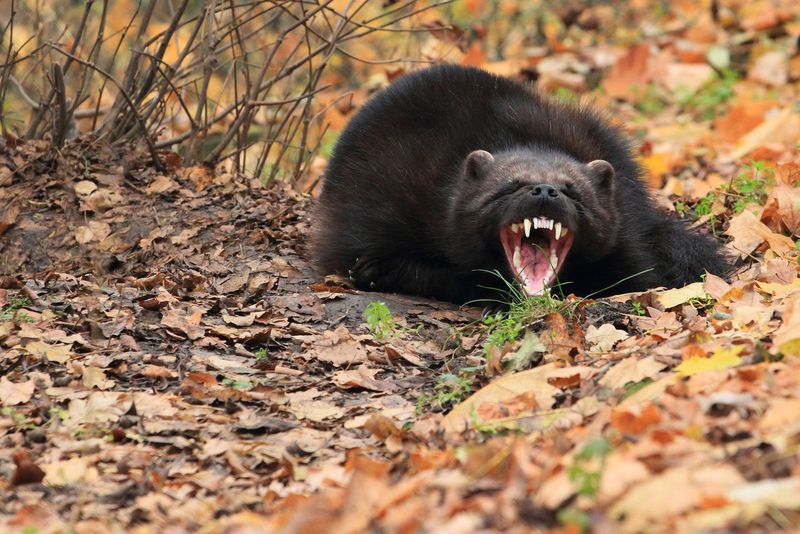
With a fearless attitude and boundless energy, the wolverine is a powerhouse of the boreal forests. Its muscular build and keen sense of smell make it a formidable scavenger and hunter. Despite its small size, it can take down prey many times its weight.
Wolverines are solitary, wide-ranging animals, embodying the wild’s relentless spirit. As skilled survivors, they adapt to harsh environments, reflecting nature’s tenacity. Their presence indicates a robust wilderness, reminding us of the untamed forces of nature.
Hyena
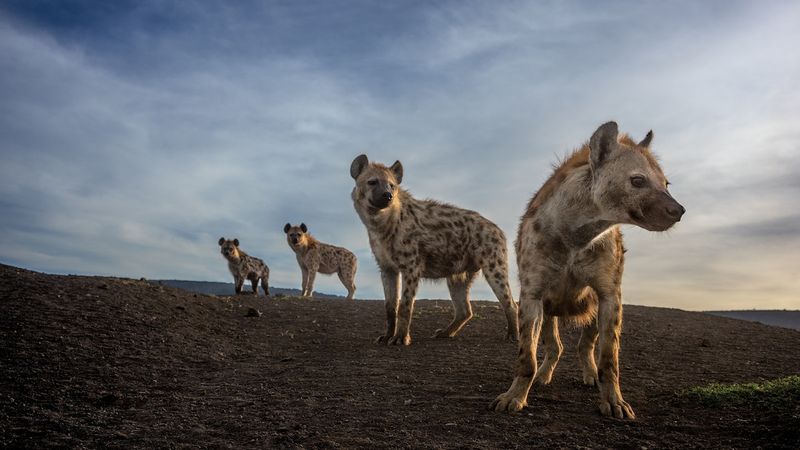
Often misunderstood, hyenas are intelligent and highly social animals. Known for their ‘laughing’ sounds, they communicate in complex ways. Their powerful jaws and organized hunting tactics make them effective predators.
Hyenas play a crucial role in the ecosystem, both as hunters and scavengers. They help control prey populations and recycle nutrients back into the soil. These resilient creatures exemplify adaptability, thriving in diverse environments across Africa.
Crocodile
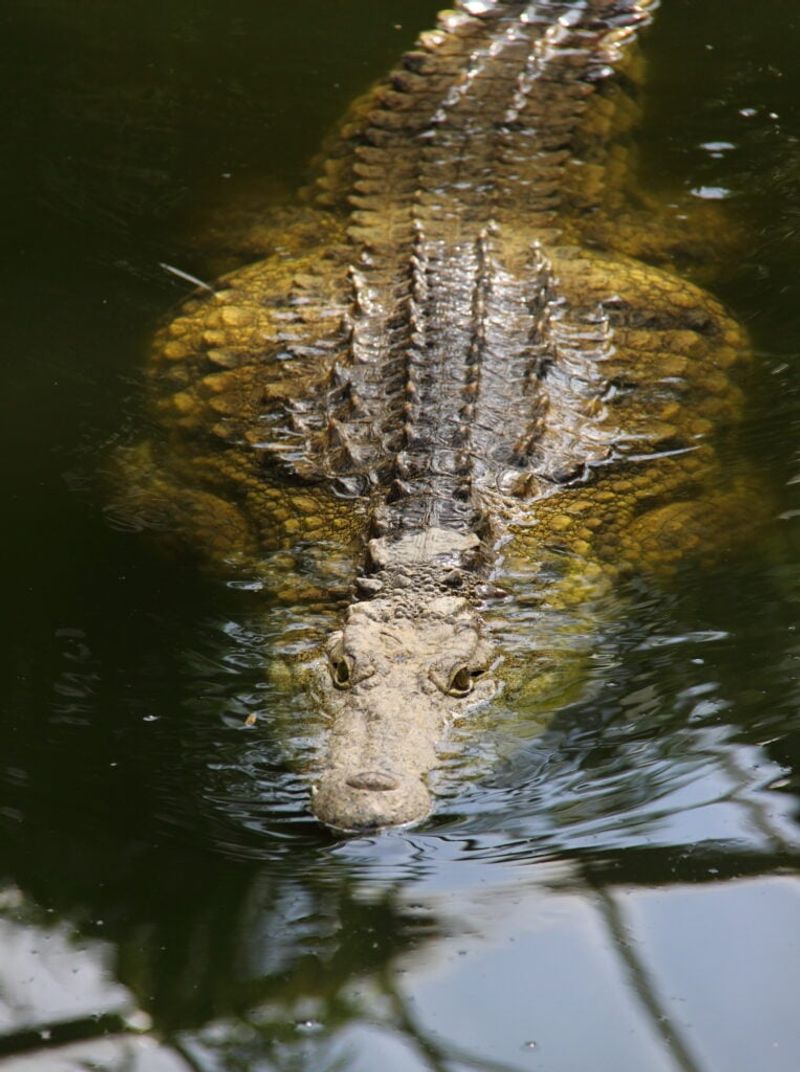
In the world’s rivers and swamps, crocodiles have thrived for millennia as apex predators. Their stealth and powerful bite make them formidable hunters. Often lying in wait, they ambush prey with surprising speed.
Crocodiles have a unique adaptation of being able to wait for long periods without food. Their ancient lineage and resilience highlight their evolutionary success. As critical components of their ecosystems, they maintain healthy aquatic environments.
Tasmanian Devil
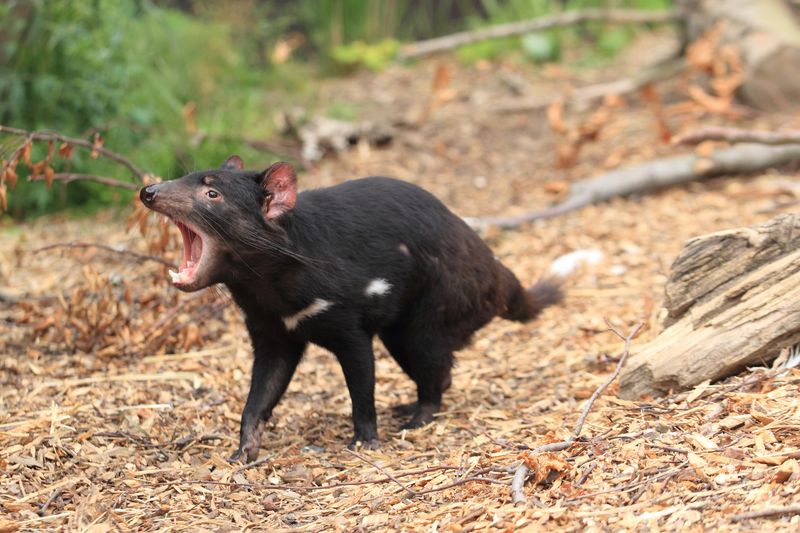
The Tasmanian devil, with its fierce snarl, dominates the forests of Tasmania. Its robust nature and scavenging habits make it an integral part of the ecosystem. Known for its aggressive feeding, it can consume an entire carcass, bones included.
These nocturnal creatures are now battling a contagious cancer, threatening their existence. Conservation efforts are underway to protect this unique marsupial. The devil’s survival story is a testament to the ongoing struggle of wildlife preservation.
Python
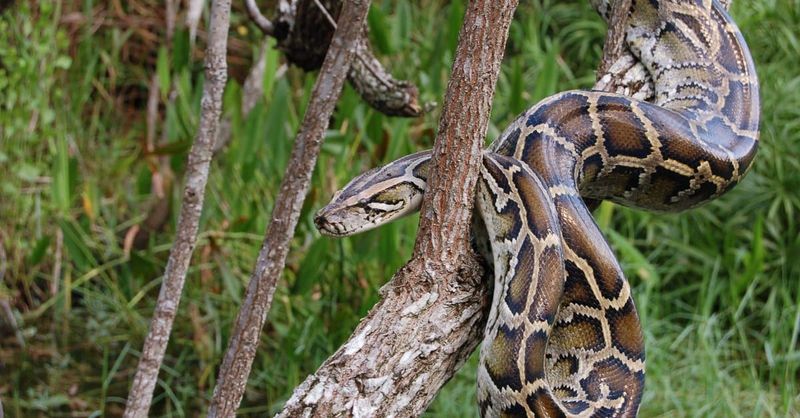
In the forests of Southeast Asia, the Burmese python reigns as a master of stealth. This constrictor uses its powerful body to subdue prey, swallowing it whole. Often found near water, they are excellent swimmers and climbers.
Pythons have become invasive in regions like Florida, impacting local wildlife. Their presence outside native habitats poses environmental challenges. With their adaptability and strength, pythons are both feared and respected in the animal kingdom.
Arctic Wolf
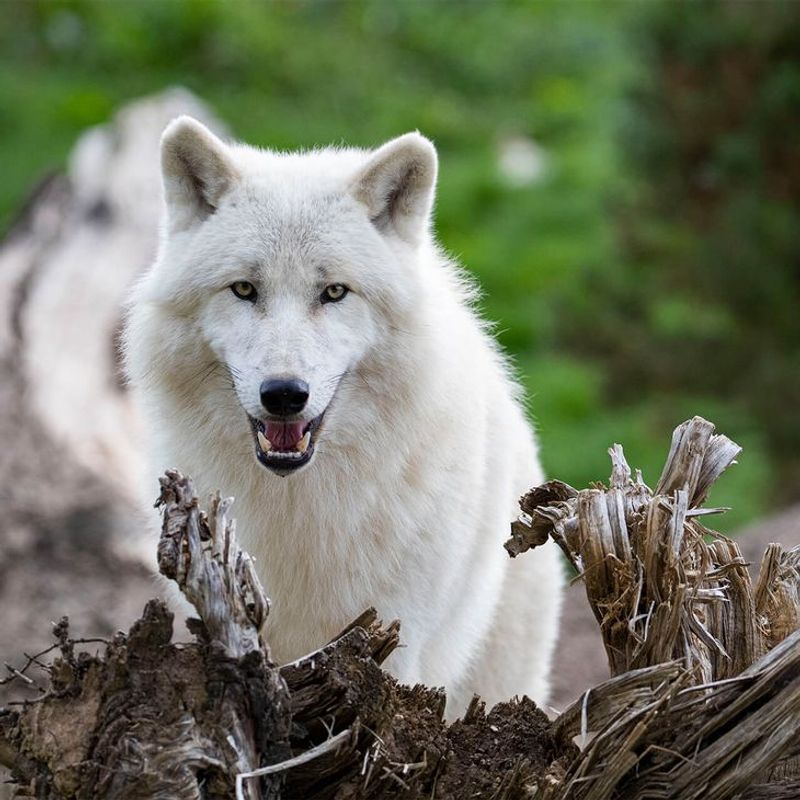
In the frozen expanse of the tundra, the Arctic wolf thrives in one of Earth’s harshest climates. Their thick, white coats provide insulation against the extreme cold. Highly social, these wolves live in packs, relying on teamwork to hunt.
Arctic wolves primarily prey on muskoxen and Arctic hares, showcasing their adaptability. Their survival in such a tough environment exemplifies the hardiness of the wild. As symbols of the Arctic wilderness, they illuminate the intricate balance of life and climate.
Honey Badger
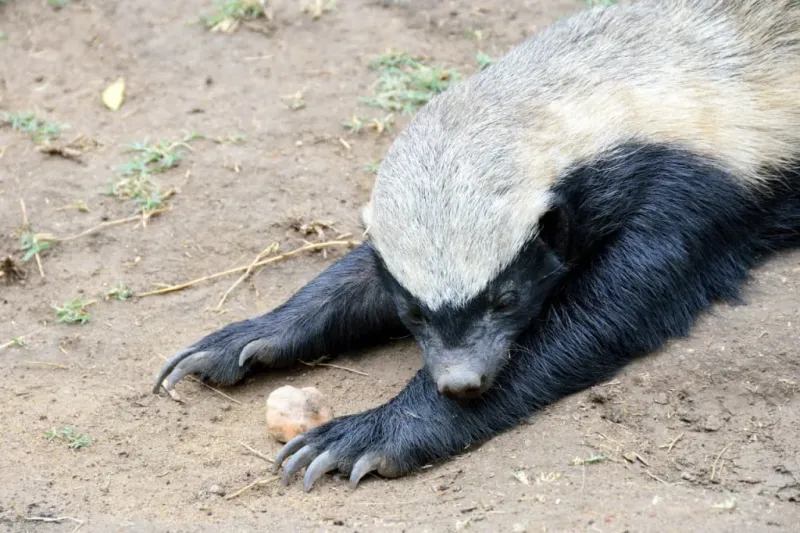
Renowned for its fearless nature, the honey badger takes on adversaries many times its size. Its tough skin acts as formidable armor, allowing it to withstand venomous snake bites. In the harsh terrains of Africa, this small yet mighty predator defends its territory fiercely. Known for its relentless pursuit of food, it will dig into beehives or prey burrows with unmatched determination. What truly sets the honey badger apart is its flair for survival against all odds. Though small, its audacious spirit and unparalleled resilience make it a symbol of bravery in the animal kingdom.

